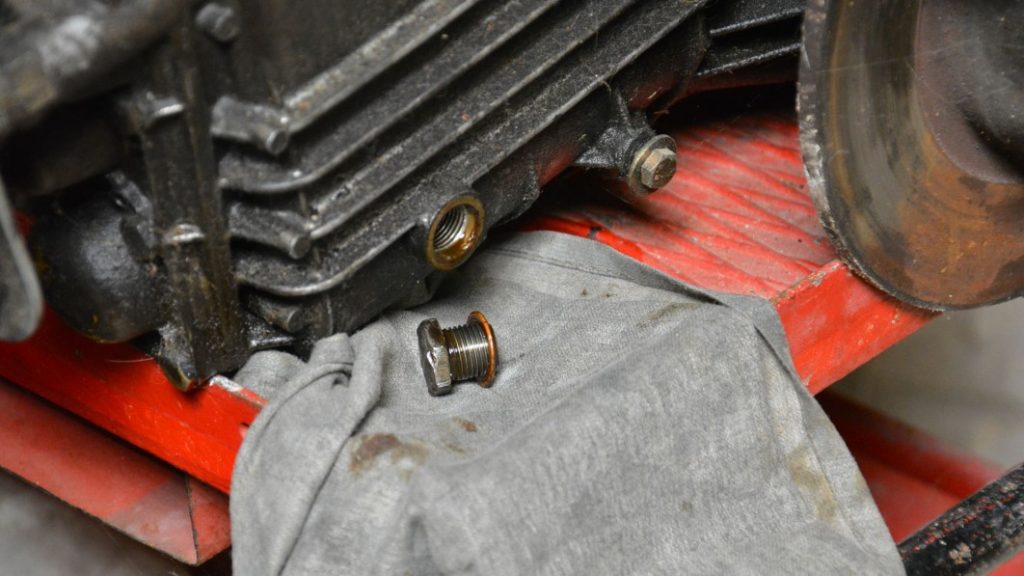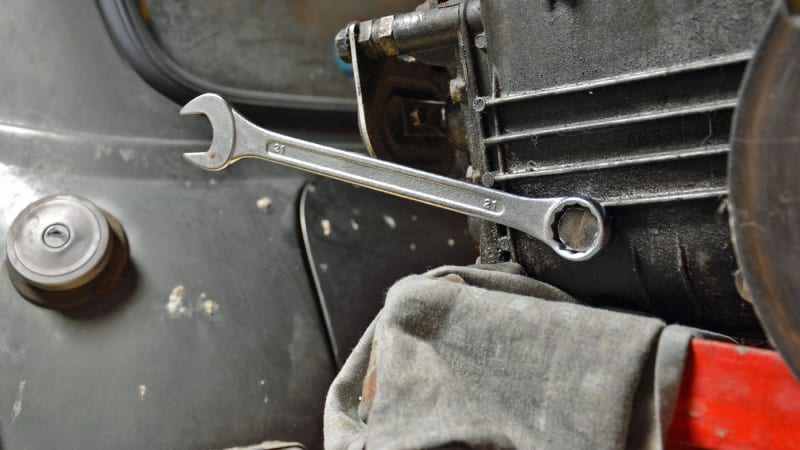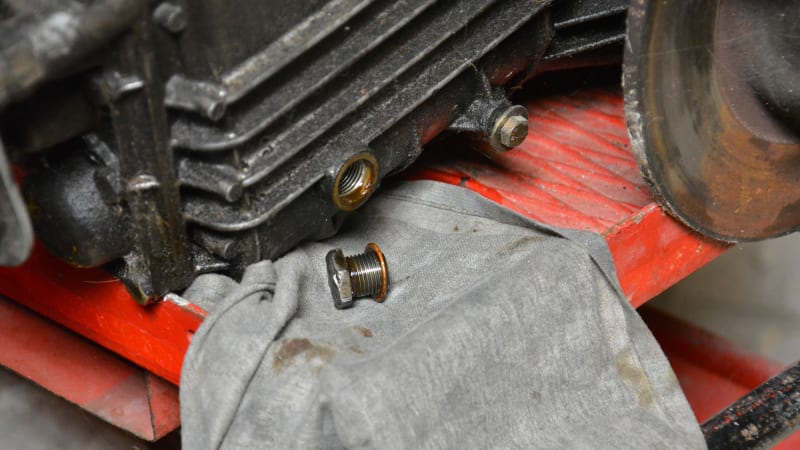How to check your car's transmission fluid

Most drivers know that they need to check their car’s engine oil and top it off as needed on a regular basis, but most drivers also forget about their transmission fluid. Just like an engine, a manual or automatic transmission relies on oil to stay lubricated, and running it dry can have disastrous (and disastrously expensive) consequences. Follow our guide to learn how to check the transmission fluid in your car.
We can’t say that we blame the folks who don’t regularly check their transmission fluid. In many cars, it’s a relatively difficult task unless you’re a factory-trained technician. Some late-model cars are fitted with a sealed dipstick tube, and the dipstick is a factory tool that you likely don’t have laying around your garage. You can buy one, either from a dealer or from other vendors, but realistically there are cases where the easiest and most affordable way to check how much fluid is in your transmission is to take your car to the shop. There are also some cars with an electronic dipstick, so the level appears on the dashboard, and others whose transmission is ostensibly sealed for life.
Cars with a dipstick
In other cars, it’s a lot more straight-forward: some transmissions are equipped with a dipstick similar to the one you use to check your engine oil level. If that’s your case, or if you’ve invested in a dipstick, checking the transmission fluid level should only take a few minutes.
First, find the dipstick. It should look a lot like the engine oil’s dipstick, but it’s positioned either further back in the engine bay or off to one side, depending on whether the engine is mounted longitudinally or transversely. Found it? Good! Park your car on a flat surface (leaving it on a hill will give you a false reading), shift the transmission into park or neutral (don’t forget to set the parking brake if you select neutral), and let it idle until the engine warms up. When it’s warm, carefully pull out the dipstick, wipe off the fluid with a clean rag or a clean towel, and pop it back into the tube. Slowly take it out again and you’ll have a reading; there should be high and low marks on the bottom part of it.
If the level is low, you’ll need a funnel and the correct type of transmission fluid to top it up (remember to turn the engine off first). The fluid often goes directly into the dipstick tube. And, just like when you’re topping up the engine oil, start slowly and regularly check the level by following the aforementioned procedure if you don’t know how exactly how much fluid you should add to reach the “high” mark.
Before wiping the dipstick clean and calling it a day, take a minute to look at the fluid. It should be dark-ish red or light-ish brown. If it’s dark brown or black, you should plan on changing it and its filter in the near future. If it smells burnt, there is likely an issue with the transmission.
Cars without a dipstick
Broadly speaking, the dipstick method largely applies to cars equipped with an automatic transmission. And, broadly speaking, cars fitted with a manual transmission do not have a dipstick, though there are some exceptions to both of these rules. If you’ve got a manual transmission, checking the fluid level will likely require considerably more time and effort than simply pulling out a dipstick and wiping it clean.
It’s not impossible, though. First, park your car on flat ground and jack up the front and rear ends. Make sure that they’re level; you don’t want to have the front end higher than the back end (or vice versa). Crawl under it, locate the transmission, and find the filler plug. It’s bolted into the casing on the side of the transmission. Don’t confuse it with the drain plug, which is also bolted into the casing but positioned lower.

Unscrew the plug (a wrench usually does the job, though some cars require a special tool) and keep in mind that fluid may leak out, so we recommend having a rag handy and not laying directly under the transmission with your mouth open. With the plug off, peek into the transmission’s guts; the fluid level should be right at the bottom of the filler plug’s hole. If you can’t see it, use a finger to tell where it’s sitting.



You’re good to go if the fluid level is where it needs to be; replace the plug’s washer if needed, tighten the plug, and lower the car. If the level is low you’ll need to top it up, which can get messy. You can’t pour fluid directly into the transmission, so the most straight-forward way is to use a pump (preferably a hand-operated one) to add fluid from a container until the level reaches the bottom of the filler plug’s hole.
Related Video:



